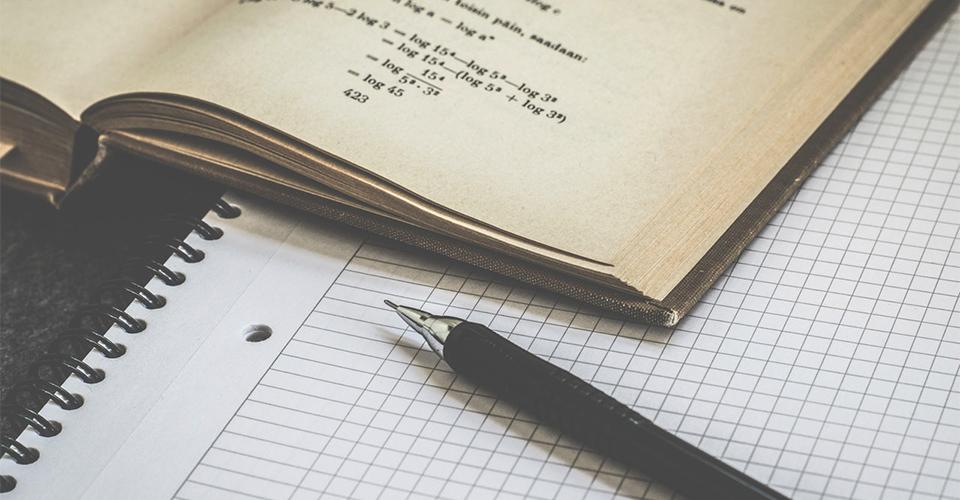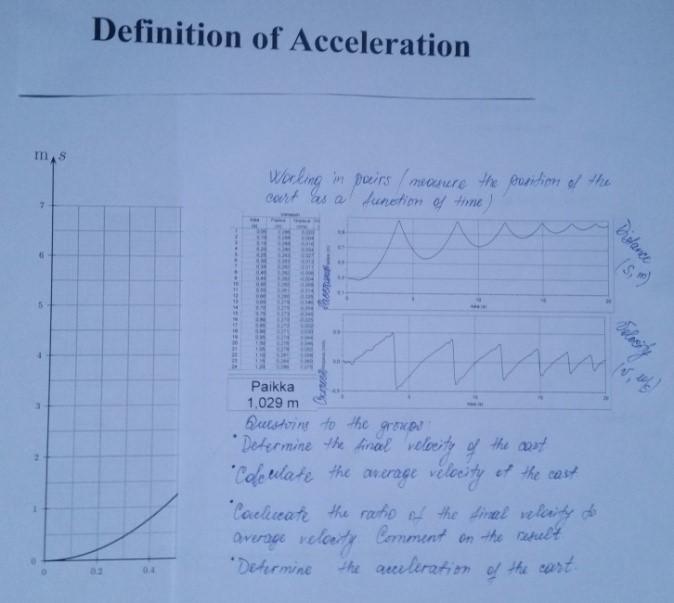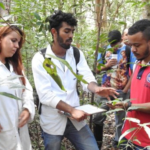
Askhat Zhumabekov
Methods
The research question asks how does a student’s motivation to study science change by using inquiry-based learning during laboratory experiments. The study was conducted in two Finnish schools located in Central Finland. In this study, the school participants are named as school A and school B. Seventeen respondents in the survey consist of students from 16 to 18 years of age, their teachers and their principals.
Table 1. Research methods, data collection, processing and data analysis.
| Data | Data collection | Data analysis | |
|---|---|---|---|
| 1 | Google survey | Consisting of a combination of closed and open-ended questions, answered anonymously by the students, 16 to 18 years old. | Statistical analysis |
| 2 | Laboratory report | The worksheets of the students during the whole teaching practice in schools. | Linear (Pearson’s) correlation; Cuccio-Schirripa and Steiner on the determination the following criteria; The analysis of each stage will be implemented with software Atlas.ti |
Results
Every lesson implemented through laboratory experiments and scientific processing skills will contribute to the students’ accurate understanding of science. These program techniques of STEAM will effectively integrate science, technology, engineering, art and math in research training.
Written questions for the students in the form of laboratory reports were classified as research and non-research questions based on the determination Cuccio-Schirripa and Steiner (2000) and they were categorized according to the following criteria: (i) answering the question requires empirical research and data collection; (ii) the matter involves specific measurable dependent variable that is defined manipulated independent variable, and the relationship between them; and (iii) the answer to this question is unknown to the student (fig. 1).

The data for this study were collected using the survey in a mechanics course in a physics lesson by Google: open-ended multiple-choice questions were answered anonymously by students from 16 to 18 years old (see table 2).
Table 2. Data analysis of students’ survey (n = number of participants from school A and school B).
| Gender | Students from A school | Students from B school | Total |
|---|---|---|---|
| n | n | ||
| Male | 8 | 7 | 15 |
| Female | 1 | 1 | 2 |
| Total | 9 | 8 | 17 |
Several sections from the textbook Physics for Scientists and Engineers with Modern Physics 2 by Serway and Beichner (2000) were selected for this study as well as a physics book for high school students by Tsokos. The topics included in the survey were as follows: motion, velocity, time, displacement, acceleration, and projectile motion. The survey was intended to determine the knowledge of students related to the fundamental concepts, and their skills on recalling the relationships between concepts, and applying them in practice (laboratory work), and real situations.
According to the results of the survey, when the students answered the question about their strengths it can be noted that they have logical thinking, mathematical skills, self-studying characteristics, concentration, and motivation for learning.
Approximately 29 percent of students indicated that they did not have any difficulties and will not need help during the laboratory work. One of the students was in doubt. More than 70 percent of the students noted that the difficulties associated with the preparation of data for analysis, for example in the program Logger Pro, very often mentioned the lack of clear instructions; not enough laboratory work; low level of concentration on the laboratory work and calculating the amount of substance during the execution of work.
At the end of the survey, the students had the opportunity to point out what they should improve, and what they need to pay more attention to in the future. Almost all the students indicated that it is necessary to follow the instructions during the laboratory work, to write good and clear instructions, focus on the lesson, focus on calculations, take care of teaching pacing, and learn more about the theory before starting the laboratory work.
Ethical issues
This is a comprehensive study and data collection in the following organizations: two Finnish schools located in Central Finland. Directors, supervisors, teachers and students participated in the study. Before the study began, there was a proposal for the study, then permission and consent of the participants was obtained. Before conducting the survey, I obtained permission from the parents and teachers of the school. Upon receipt of such consent, we explained in sufficient detail the nature and purpose of the survey, and assured them that the anonymity of the participants would be guaranteed. Data processing was carried out by consent of the organizations and all involved parties.
Implementation of STEAM in Kazakhstan
The STEAM methodology as observed in Finland will offer my students in Kazakhstan informative lessons regarding an innovative educational environment and the interaction of education with future professions. By implementing laboratory experiments and STEAM methods, students will be able to “think like scientists” and participate in the educational process. Students will be able to find answers in science. The planned course for the teachers will not only improve their pedagogical skills, but also assume that the results of the PISA-2018 will be able to see the positive dynamics of 15-year-old Kazakhstani students, because PISA project once again focuses on the attention of the pedagogical public of the importance of interdisciplinary integration of subjects of natural-mathematical and humanitarian cycle.
Author
Askhat Zhumabekov, Doctoral PhD student (Education) at the Faculty of Education and Psychology, University of Jyväskylä, Finland, Master of Science, Head of Physics Department at Nazarbayev Intellectual School in Semey, Kazakhstan.
References
Andersen, H. M., & Nielsen, B. L. (2013). Video-Based Analyses of Motivation and Interaction in Science Classrooms. International Journal of Science Education, 35(6).
Cuccio-Schirripa, S., & Steiner, H. E. (2000). Enhancement and Analysis of Science Question Level for Middle School Students. Journal of Research in Science, 37.
Martin, A. (2006). The relationship between teachers’ perceptions of student motivation and engagement and teachers’ enjoyment of and confidence in teaching. Asia-Pacific Journal of Teacher Education, 34(1).
NGSS Lead States (2013). Next Generation Science Standards: For States, By States: Science and Engineering Practices. Washington, DC: The National Academies Press. Retrieved 28 May 2018 from https://www.nap.edu/read/18290/chapter/12
Pedaste, M., Mäeots, M., Siiman, L., de Jong, T., van Riesen, S. A. N., Kamp, E. T., Manoli, C. C., Zacharia, Z. C., & Tsourlidaki, E. (2015). Phases of inquiry-based learning: Definitions and the inquiry cycle. Educational Research Review, 14. Retrieved 28 May 2018 from https://doi.org/10.1016/j.edurev.2015.02.003





